
Optimize Your Therapy Room Design: Insights from Support Therapy Rooms
Healing by design
Nix the glass table and fill the room with light. These and other research-based design insights for therapists' offices can reap client benefits
By Tori DeAngelis
March 2017,
As clients enter the Portland, Oregon, office of psychologist Thomas Joseph Doherty, PsyD, they are greeted by the majestic sight of Mt. Hood out an east-facing window, a profusion of healthy green plants, comfortable, supportive chairs and nature-based artwork. Diplomas hang in a corner to advertise Doherty's expertise, and his clean, clutter-free desk adds to the feeling of openness and space. "Ideally your office should have a clean, living, generative sense—one that fosters a renewed sense of physical vitality, alertness and creativity for your clients and yourself," says Doherty, whose practice centers on helping his clients develop what he calls "sustainable" habits like rest, exercise, social support and connection with nature—strategies that help maintain health and performance over the long term.
Doherty's space is a good example of today's direction in health-care design, which uses research on human behavior and design principles to promote positive interactions between therapists and clients.
"A space should be something that supports you as you try to achieve specific goals," explains Sally Augustin, PhD, an applied environmental and design psychologist and founder of Design with Science, an international consulting firm. For therapy offices, that means creating a calm and refreshing environment to balance the rigorous mental and emotional work of therapy, she says.
Well-designed therapy offices also exude softness, personalization and orderliness, finds research by environmental psychologist Ann S. Devlin, PhD, of Connecticut College, and urban planning researcher Jack L. Nasar, PhD, of The Ohio State University. In their research examining people's reactions to 30 photographs of actual therapy offices, the more a space exhibited those characteristics—cozy elements like comfortable chairs and soft pillows, attractive touches like artwork, and neatness—the better people felt about the offices and the therapists who worked there, they found (Professional Psychology: Research and Practice, 2012).
In addition, good therapy office design should take into account the human instinct to protect ourselves and our territory—a feature that may be particularly important to consider with vulnerable therapy clients, Augustin says. "We are animals, after all," she says. "We do our best mental work when we feel a little bit protected."
So, given such insights how should practitioners design an office from scratch or redo a space that's seen better days? Specifically, therapists should:
Keep it light.
The color of the office walls sets a tone. Wall colors in light, soothing colors like sage green or dusty blue promote a sense of calm and relaxation, environmental designers say.
Go with the grain.
For reasons that aren't entirely clear, people prefer natural-colored wood with a grain rather than nongrain surfaces, research finds. People also feel more comfortable with wood than with slicker options like glass and chrome, Augustin says. That said, there's a limit to how much wood you should use: Research shows that when natural wood surfaces like floors and walls exceed 45 percent of a room's surface, they start losing their stress-busting effects.
Let the sun shine in.
Natural light is a big mood booster, so when possible, incorporate windows or skylights, says Dawn Gum, director of interior architecture at the national firm EwingCole. If windows are at eye level, the best views look out on calming, natural scenery, not onto bustling sidewalks or roads with distracting sights and sounds.
If your office lacks windows, use floor and table lamps with soft lighting rather than overhead fluorescent lighting to promote a feeling of comfort and coziness, says Gum. Some lightbulbs even simulate natural light, which can boost the positive ambience of windowless offices.
Embrace the natural.
Bringing nature into the office—whether with plants, nature embodied in artwork, decorative objects or views of plant-filled courtyards and landscaped areas—can enhance the healing quality of a space. "Just looking at landscaping has been shown to lower blood pressure," Gum says.
The right nature-based artwork can also give clients a way to muse on life situations, these experts add. Images of a pathway through a serene landscape or a bench in the middle of a pleasingly landscaped garden can foster relaxation or allow clients to make mental associations with the imagery. But, Augustin cautions, avoid nature imagery that's confusing, chaotic or complex. "You want to look at a scene that would be comfortable to enter," she says.
Use positive distractions.
Fish tanks in medical offices are somewhat cliché, but they may have empirical merit—they're an example of so-called "positive distractions," a phenomenon noted in many research studies (see Resources below). A glance into the tank, or at other inviting sights like art of pastoral landscapes, can provide a respite from talking about weighty issues. "You want views that draw you in and give the part of your brain that has to focus a mini break," Augustin says.
Promote your expertise.
Displaying your credentials might seem self-serving, but clients want to see signs of your expertise, research also finds. In a study by Devlin and her students, participants looked briefly at photos of therapy offices with zero, two, four or nine diplomas on the wall. People rated therapists who worked in offices with four and nine credentials most favourably, with little difference between the two (Journal of Environmental Psychology, 2009).
Have your client's back.
An evolutionary perspective can help you make intelligent decisions on what is arguably the most important element in your office: the client chair.
To support people's need for control, consider having chairs that can be moved or are large enough to let people shift to one side or the other and adjust the distance between themselves and the therapist. If any of your clients have histories of being physically violent, make sure chairs are heavy enough that they can't be easily picked up and thrown. Likewise, chairs with backs at shoulder height can facilitate a feeling of protection, environmental design researchers add. Other ways to promote a sense of personal safety include placing a plant behind the chair and positioning chairs so clients can see the door.
A related suggestion: Place small tables next to client chairs, which can enhance clients' sense of "territory" by giving them a place to put personal items. Your clients will appreciate that you've attended to their comfort and convenience, says Lynn Bufka, PhD, APA's associate executive director of practice.
Foster communication.
If you use tables in your office for individual or family sessions, research shows that round tables support better communication and sense of control than square or rectangular ones, says EwingCole's director of research, environmental psychologist Nicholas Watkins, PhD. Also, the presence of computers is shown to impede communication, particularly when the client perceives that the provider is paying more attention to the computer than to him or her. Screen-sharing strategies—technology that enables you to project information onto a table, for example, or simply facing the screen toward clients—can promote clients' sense of trust and inclusion, Watkins notes.
Go with the flow.
Anything that promotes flow and efficiency in your immediate and larger office space is worth addressing, according to research compiled by APA's Practice Organization. Keeping a clean, uncluttered desk and placing the items you need closest to you—computer, phones and appointment book, for instance—can help you keep a clear head and feel in charge of your space.
Experts also recommend walking through the functions of your day to identify areas of inefficiency for yourself, your staff and your clients. Fixes can be small and no cost—moving the location of your assistant's desk, for example—or more extensive, like knocking out a wall to create better traffic flow.
Not too fancy, not too shabby.
When selecting furniture and finishes for your office, keep client demographics in mind, adds Gum. In general, people feel most comfortable with a middle range of furnishings—those that aren't overly fancy or expensive, but not cheap or shabby, either.
"If you're putting in very expensive materials but your clientele is not at the upper end of the socioeconomic spectrum, you can alienate people," says Gum. Conversely, old or poorly made furnishings can make it look like you're not doing well—the wrong message to send clients.
Put your client first.
Remember that you're designing your office more for your client than for yourself, Gum emphasizes. Including some personal elements can be subliminally comforting to clients, but make sure they don't overpower a sense of neatness and calm, she advises.
On a related note, make sure your furniture addresses the specific needs of your clients, says Bufka. If children are among your clientele, make sure you have age-appropriate toys and chairs that are the right size. Be sure that chairs are comfortable for people of all sizes.
Including art that demonstrates your openness to different cultures can also be a plus, particularly if you serve multicultural clients, finds research by Devlin and colleagues (Professional Psychology: Research and Practice, 2013). When the team compared reactions of white college students and mainly ethnic minority adult community members to photos of a therapist's office, the community group rated the therapist more favorably when the art was more ethnic in flavor than Western. "If all of the artwork clients see ... represents a tradition different than their own, it is possible for them to feel unwelcome," the authors write.
Hire a pro.
Finally, consider hiring a professional to help you, preferably a qualified architect or interior designer who specializes in health care (see "Tapping design help" below). He or she can help you map out how you actually work and how you want to work, and craft your space accordingly. They also know what's available in furniture and finishes, and about the changing landscape of health care, including new technologies.
Investing in good office design isn't just about creating an attractive space, it's about investing in your business and professional calling, adds Gum.
"If it's designed right," she says, "your office can help you deliver care in ways that really do promote your clients' well-being."
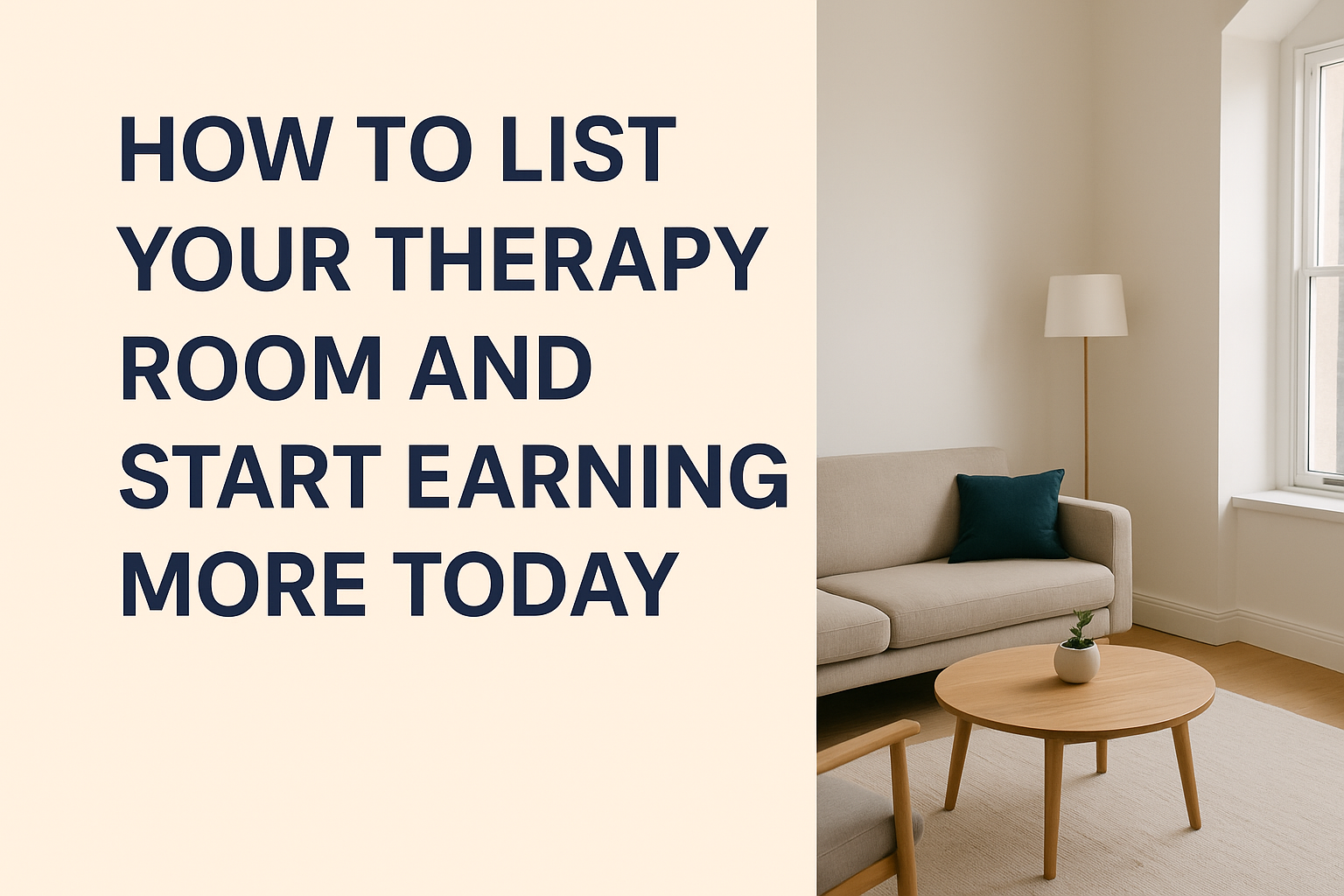
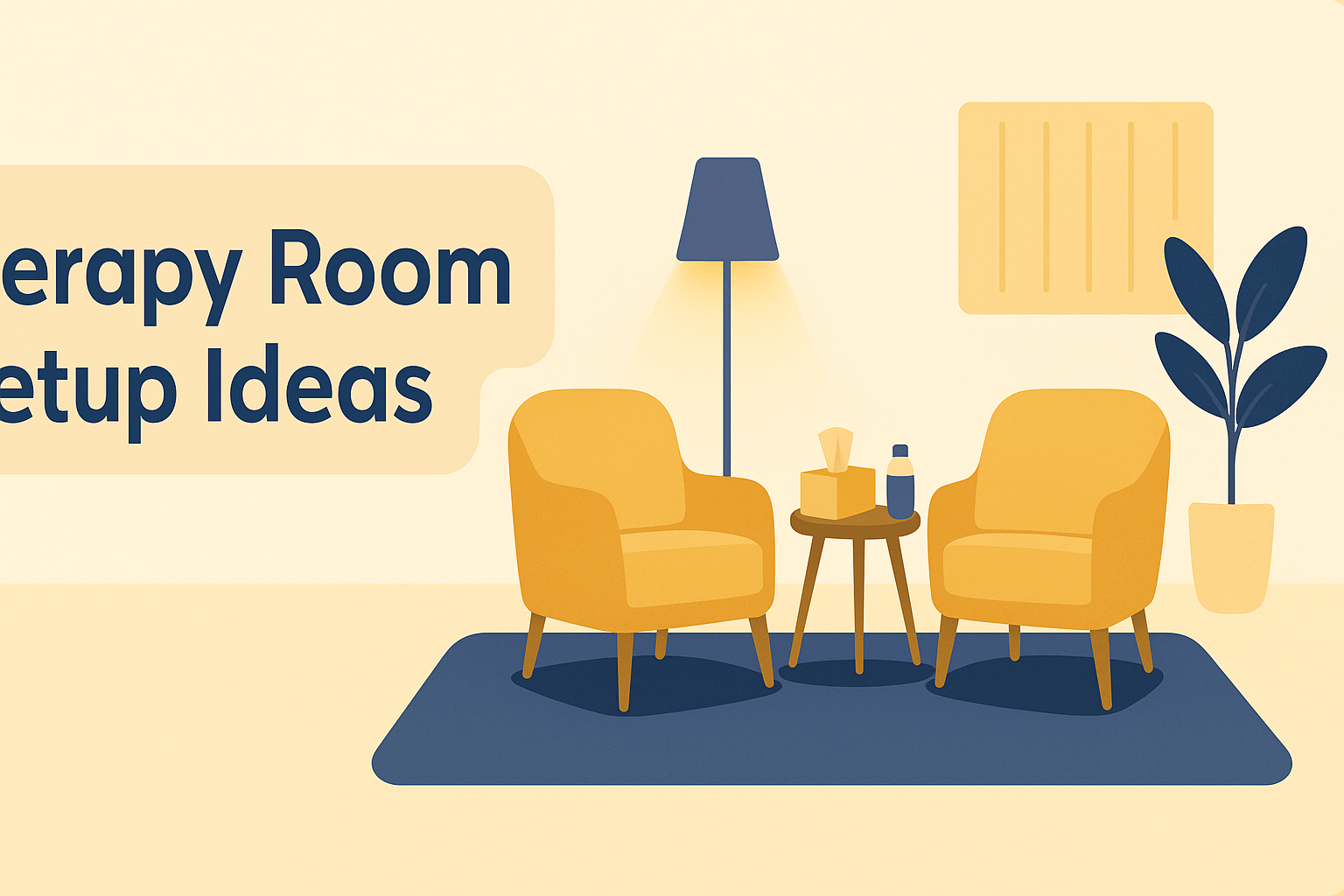
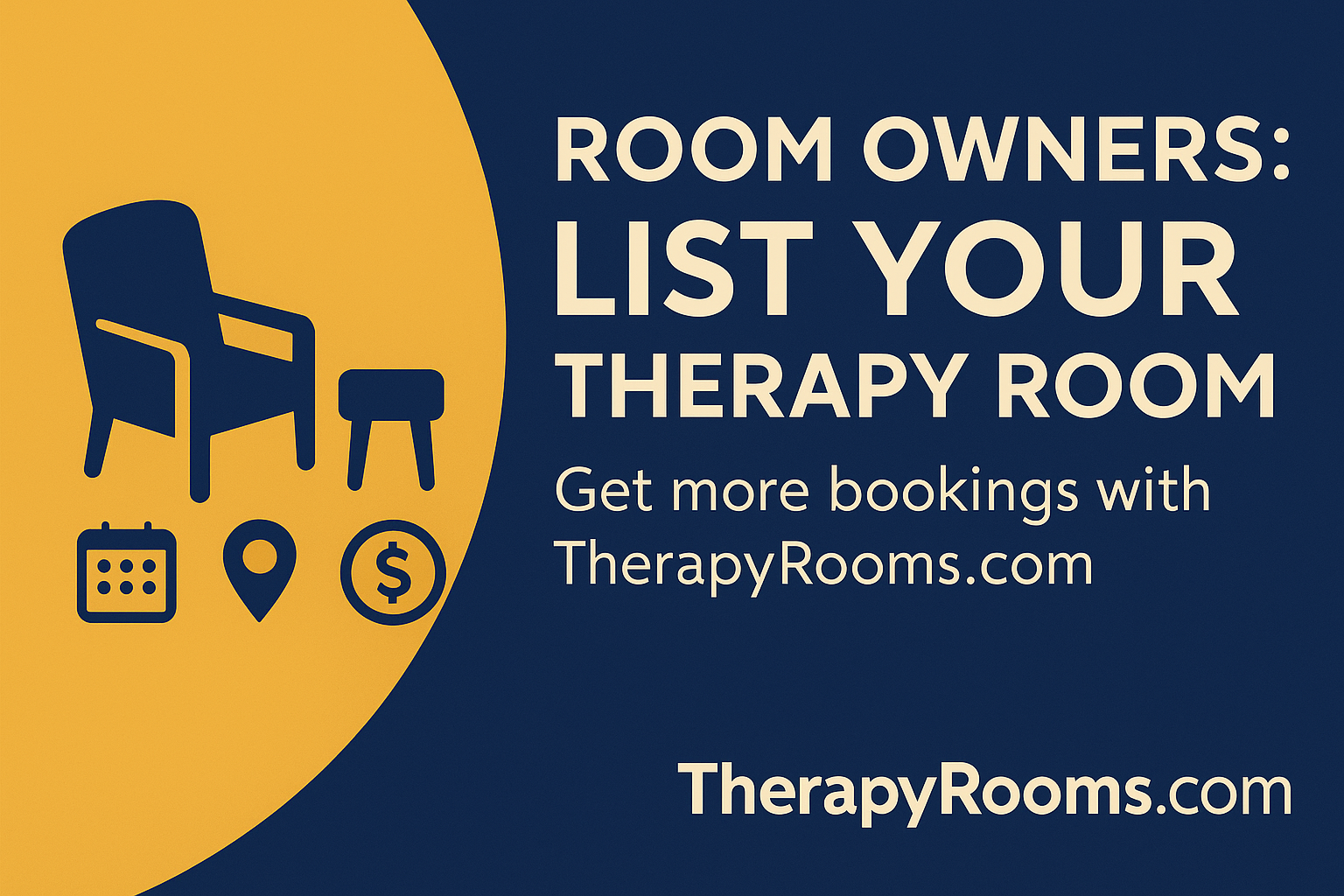
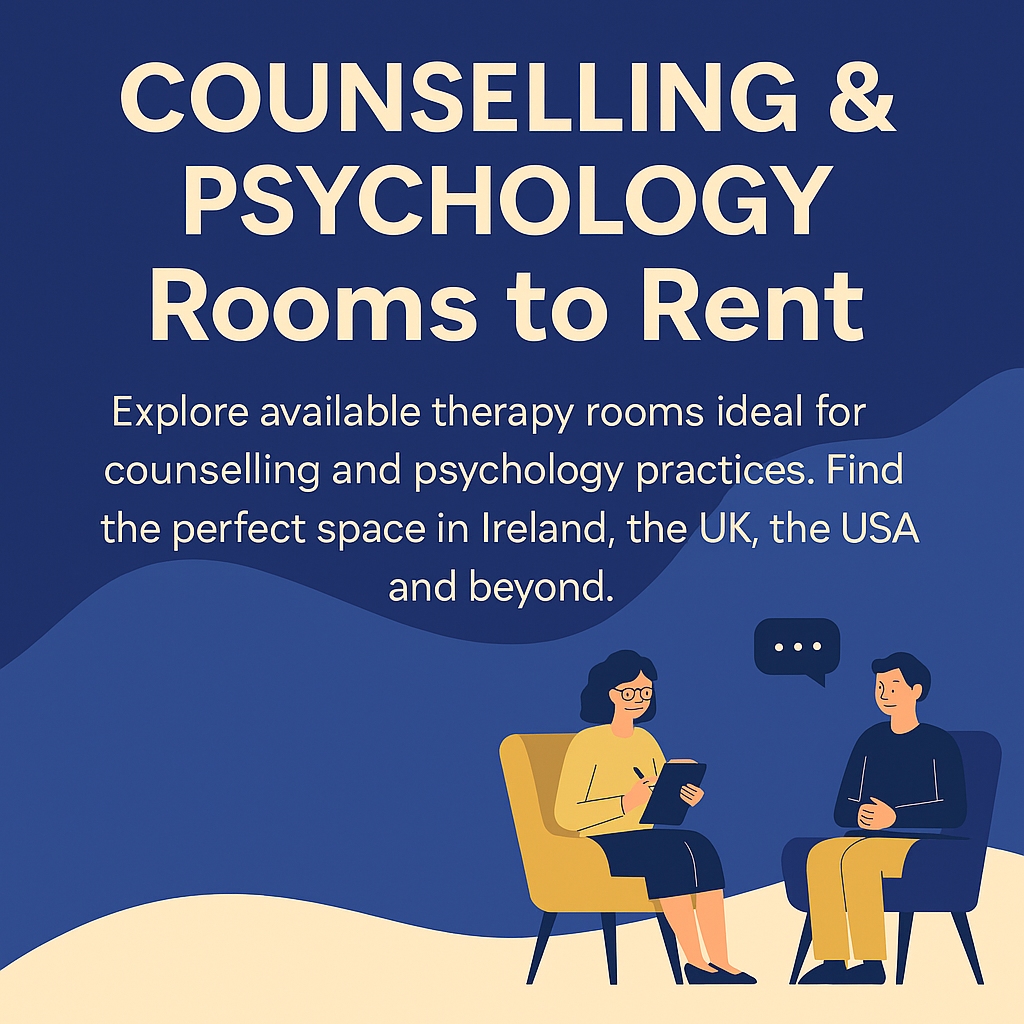
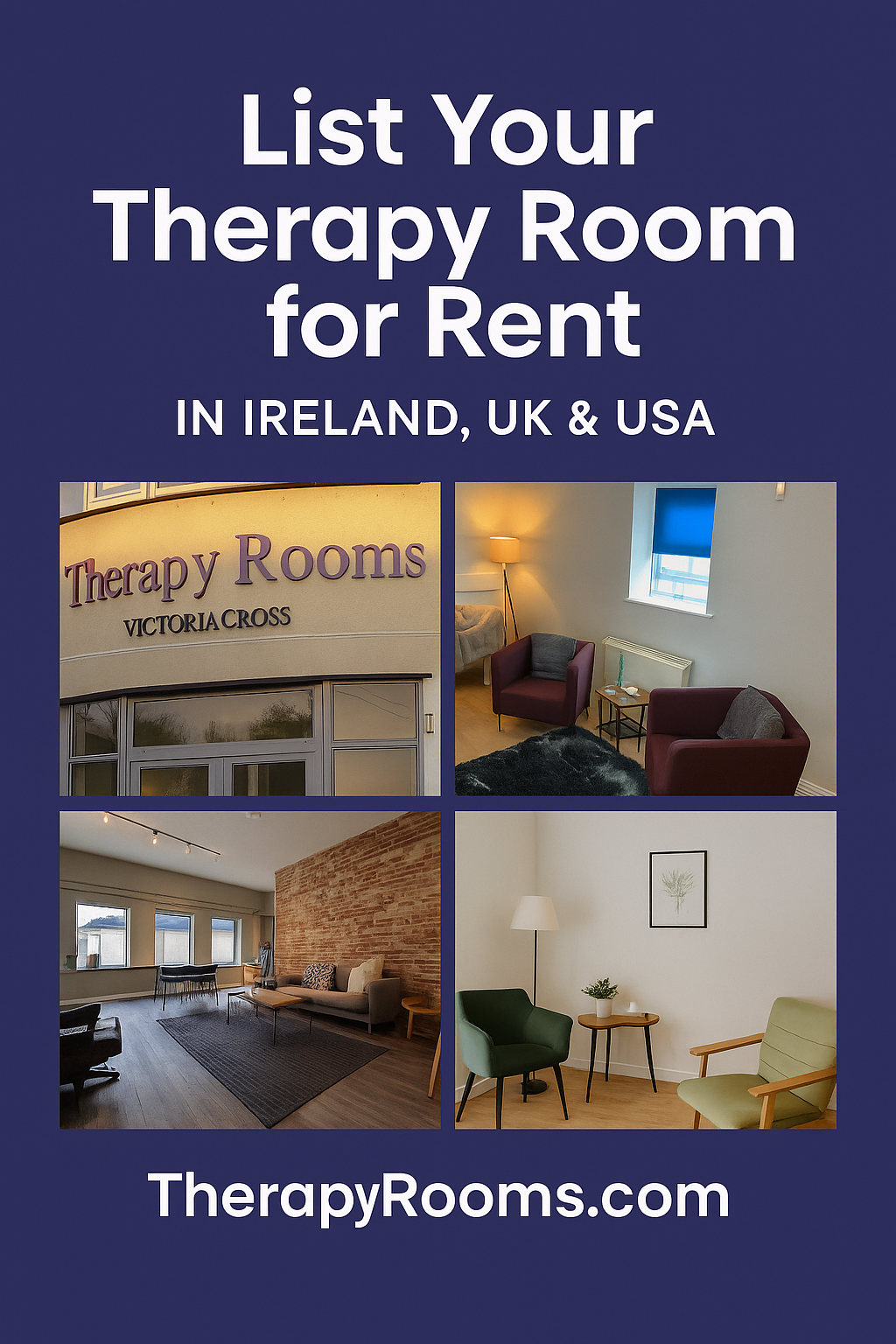
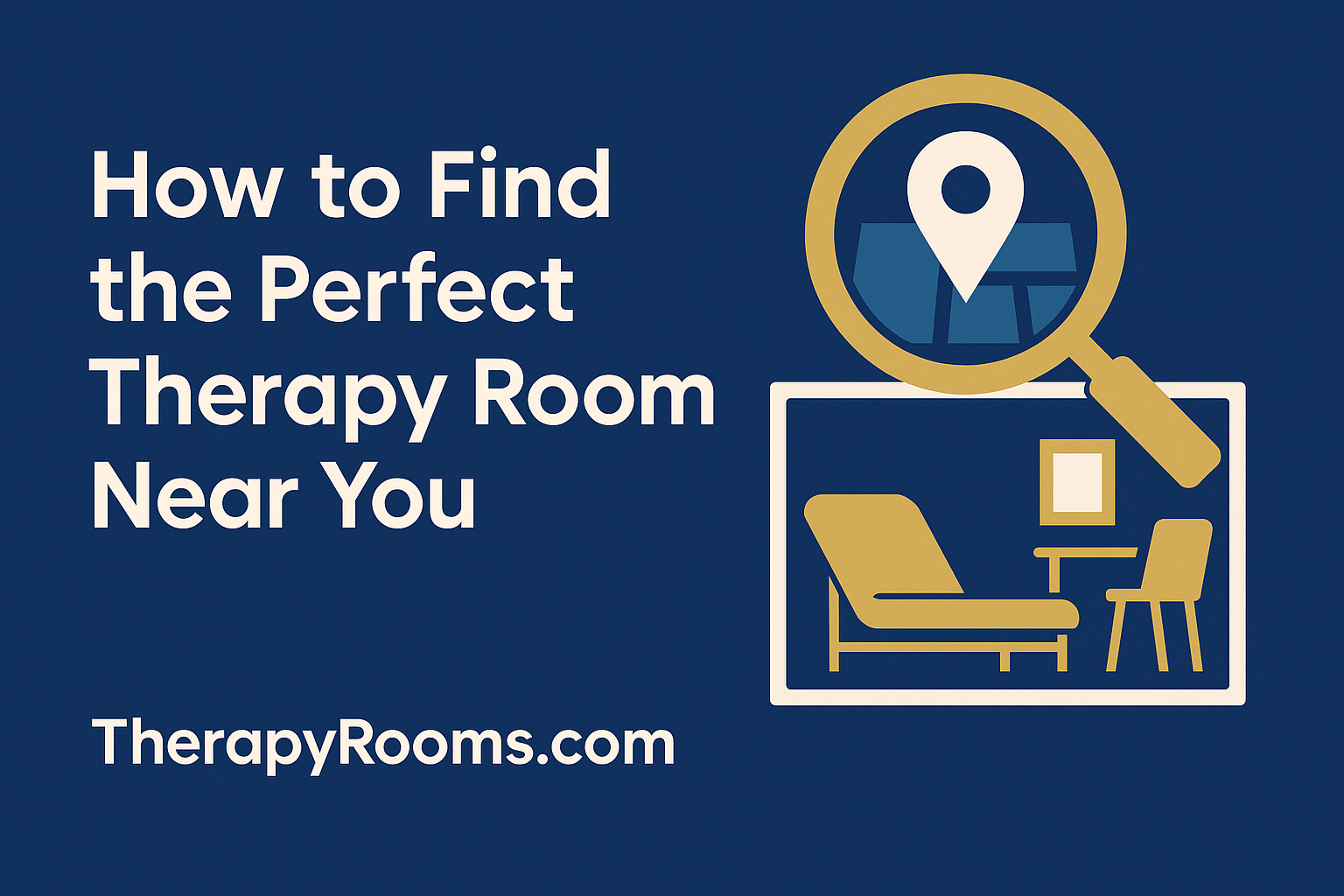
Support Therapy Rooms